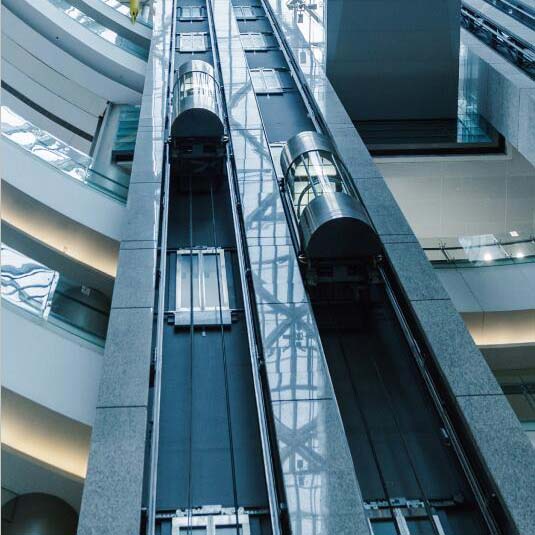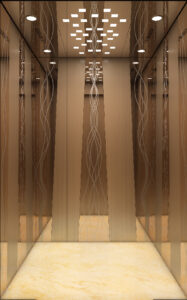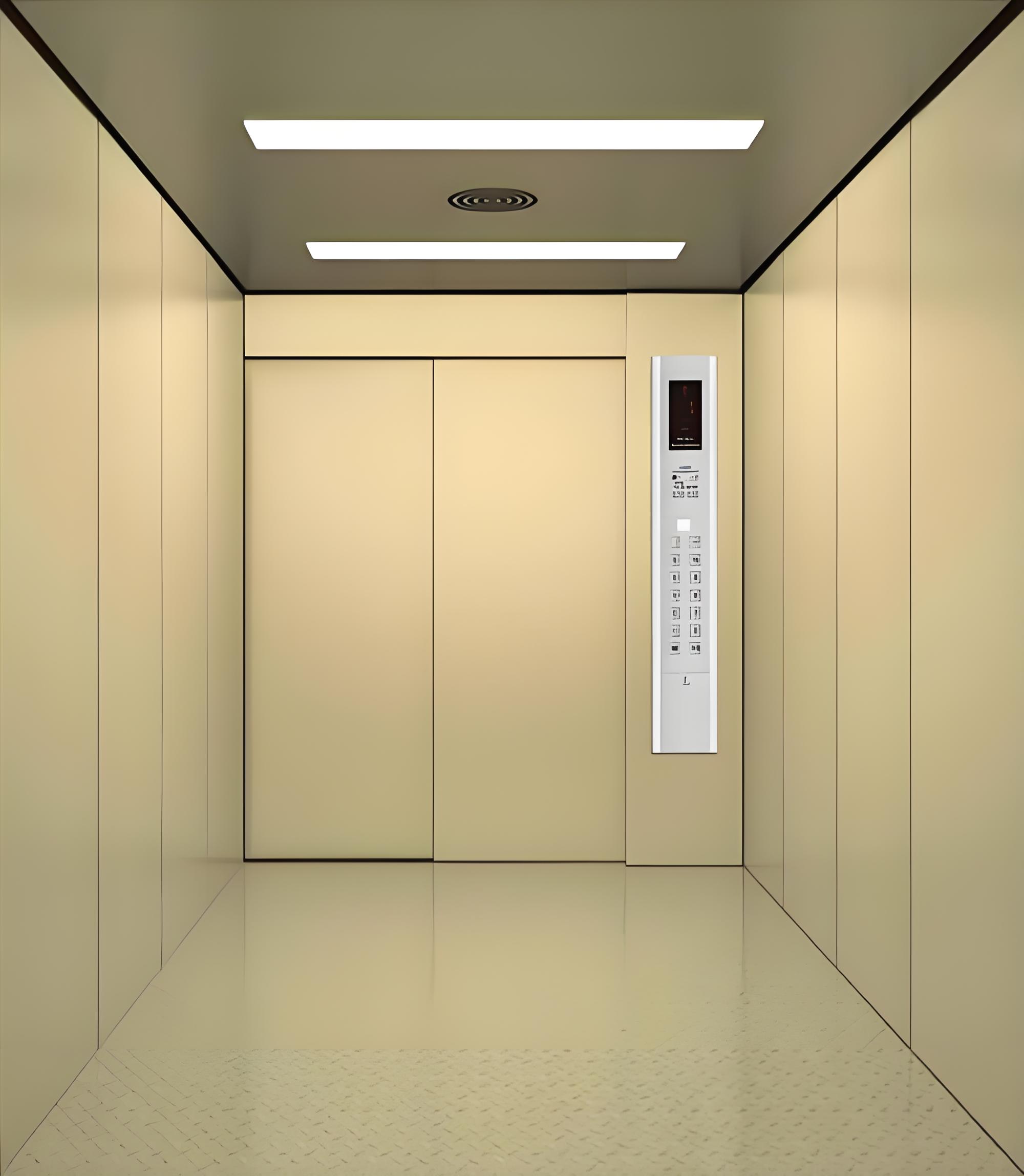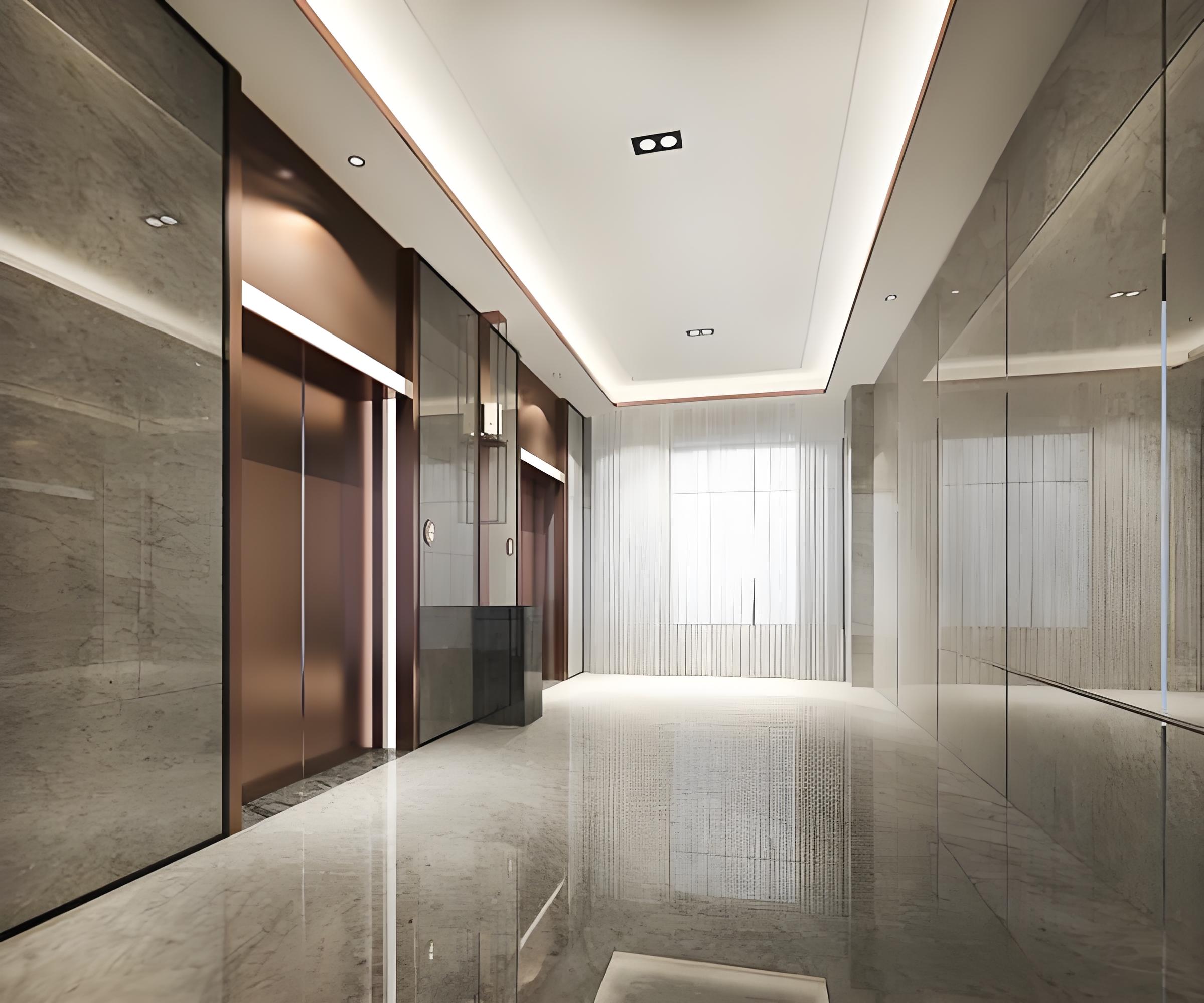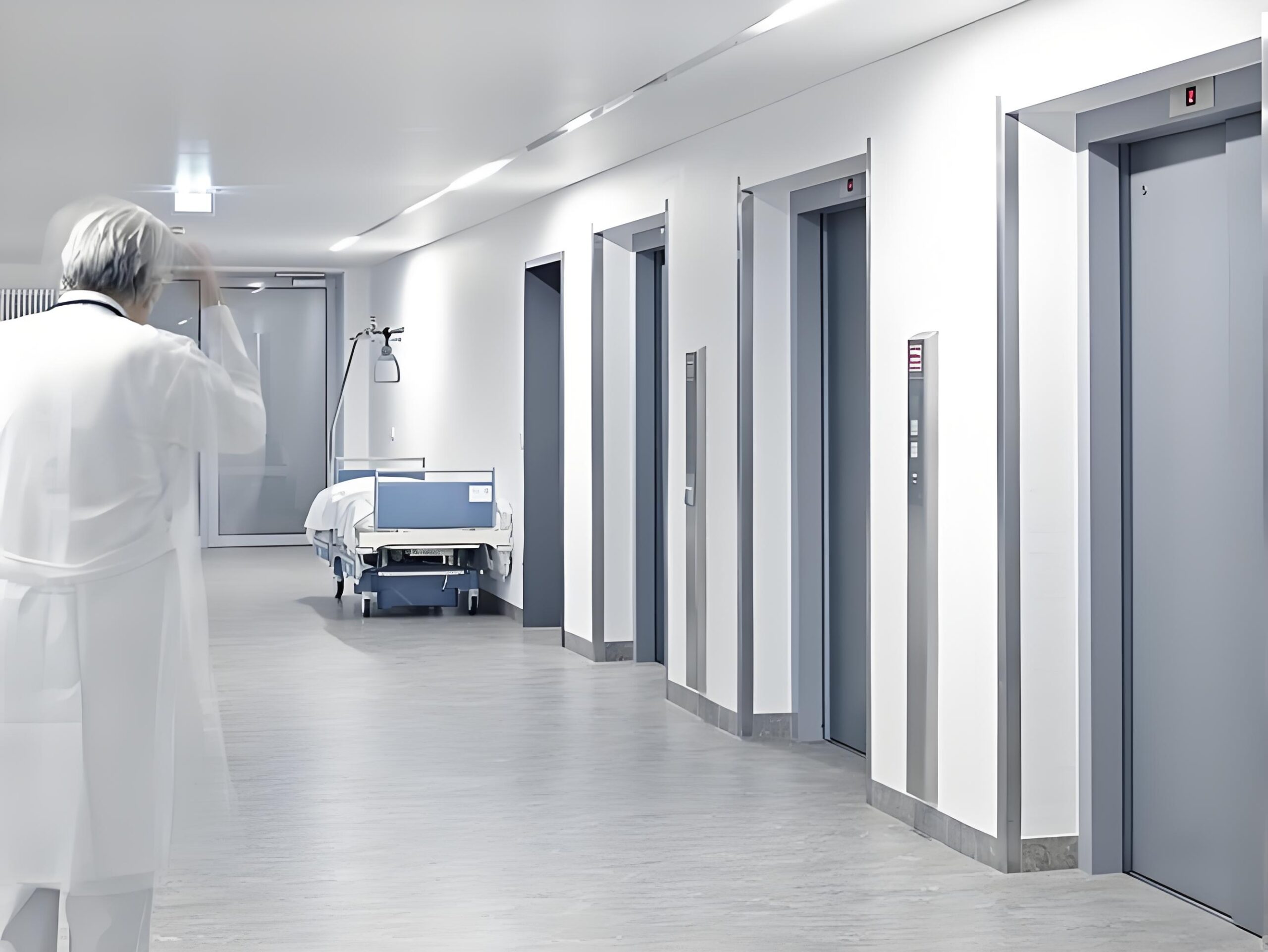Passenger elevators are essential in modern infrastructure, ensuring smooth vertical transportation in residential, commercial, and industrial buildings. But what many don’t realize is that there are several types of passenger elevators, each tailored for specific needs and environments. In this guide, we’ll explore the main types, where they are best used, and why choosing the right one matters.
Types of Passenger Elevators
The phrase “passenger elevator” generally denotes enclosed lifts used to transport individuals across different levels. However, this category can be divided into several subtypes, including:
- Vertical Elevators
These are the most frequently used and are usually found in tall residential buildings, commercial offices, and shopping centers. These elevators travel up and down inside a vertical shaft and operate using either traction or hydraulic systems, depending on how tall the building is and how many people it needs to serve. - Escalators
While not enclosed like traditional elevators, escalators serve the same function in high-traffic areas like airports, malls, and metro stations. They continuously move people between levels without waiting time, making them ideal for short vertical distances and constant flow. - Moving Walkways
Also known as travelators, these are horizontal or slightly inclined conveyors that help transport people across long distances, such as in airports or exhibition centers. While not vertical, they are classified among the broader types of passenger elevators due to their role in human transport. - Home Elevators
Designed for private residences, these compact elevators offer convenience and accessibility, especially for elderly or mobility-impaired residents. They typically come with quieter operation, stylish designs, and space-efficient installation options. - Panoramic Elevators
These lifts are equipped with clear glass panels and are frequently found in hotels, shopping centers, or iconic sites where visual appeal and user experience matter. They provide a visual treat while serving their functional purpose.
Matching Elevator Types to Occasions
Each elevator type is best suited for specific environments:
- Commercial settings: Traction lifts or escalators are preferred for their efficiency and ability to manage high traffic.
- Hospitals or institutions: Hydraulic elevators offer smooth, controlled movement suitable for stretchers and sensitive equipment.
- Residential areas: Home elevators prioritize space efficiency, safety, and quiet operation.
- Airports or transit hubs: Moving walkways and escalators manage heavy foot traffic with ease.
Choosing the right type depends on factors like building height, user load, frequency of use, and aesthetic considerations.
Why Choose GOTS for Passenger Elevators?
GOTS understands that every project is unique. That’s why we offer a wide range of types of passenger elevators to meet diverse architectural and user needs. Whether you need a sleek panoramic lift, a reliable home elevator, or a heavy-duty solution for your commercial building, GOTS provides customized solutions tailored to your exact requirements.
Our team helps you with the selection, design, and installation — ensuring safety, efficiency, and style in every detail. When it comes to smart elevator solutions, GOTS is your trusted partner.
FAQ
Q1: What kind of elevator is most suitable for tall buildings?
A: Traction elevators are well-suited because of their high speed and capacity to operate at taller elevations.
Q2: Can GOTS customize elevators for small residential spaces?
A: Absolutely. GOTS focuses on sleek, space-saving residential elevators tailored for small areas.
Q3: Are escalators considered passenger elevators?
A: Yes, while not enclosed, escalators are a type of passenger transportation system within the broader category.
Q4: How do I know which elevator type to choose?
A: GOTS provides expert guidance based on your building structure, usage needs, and design preferences.


